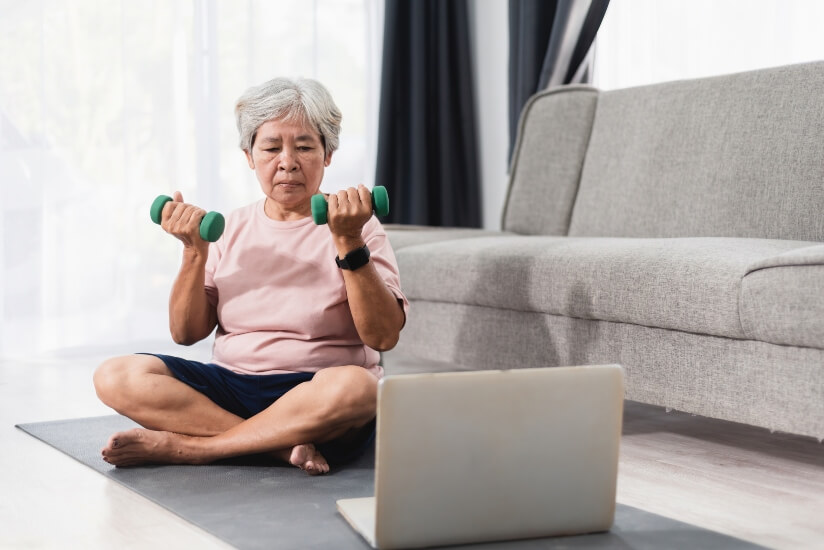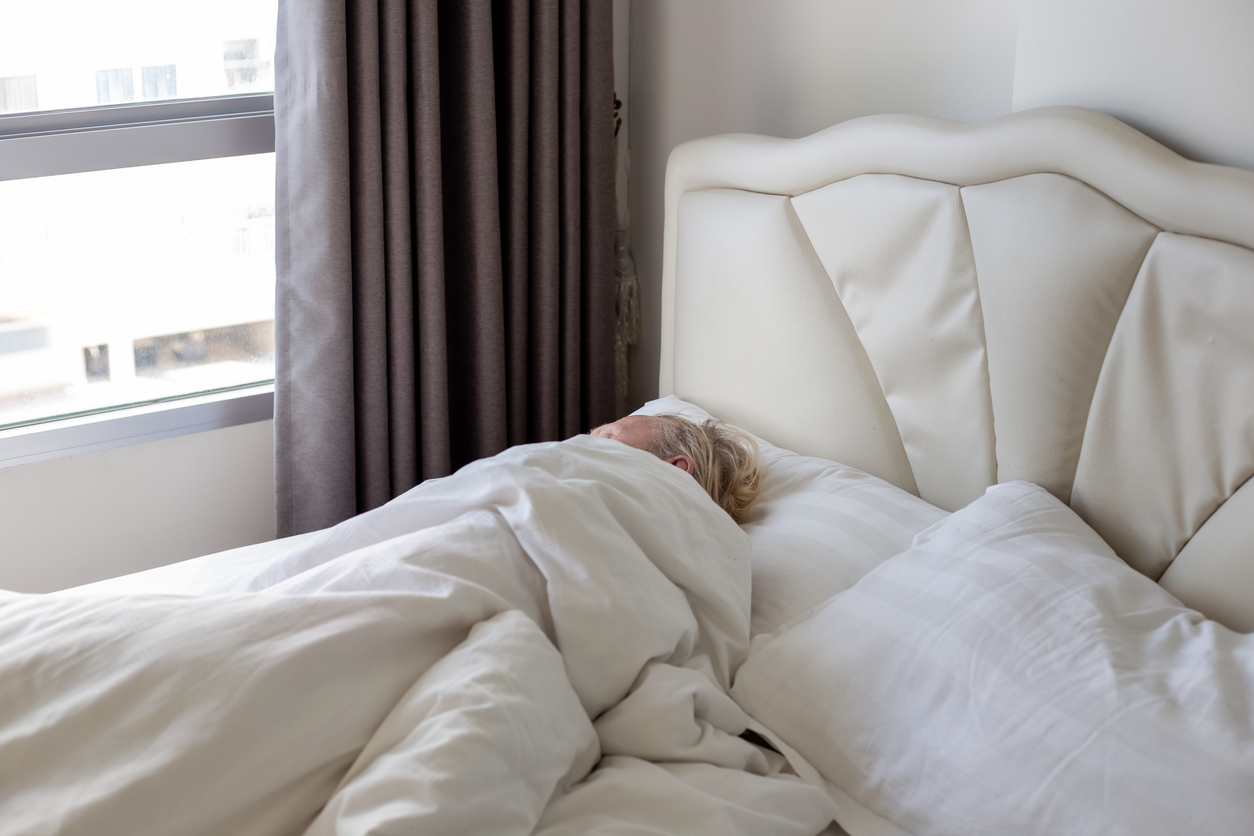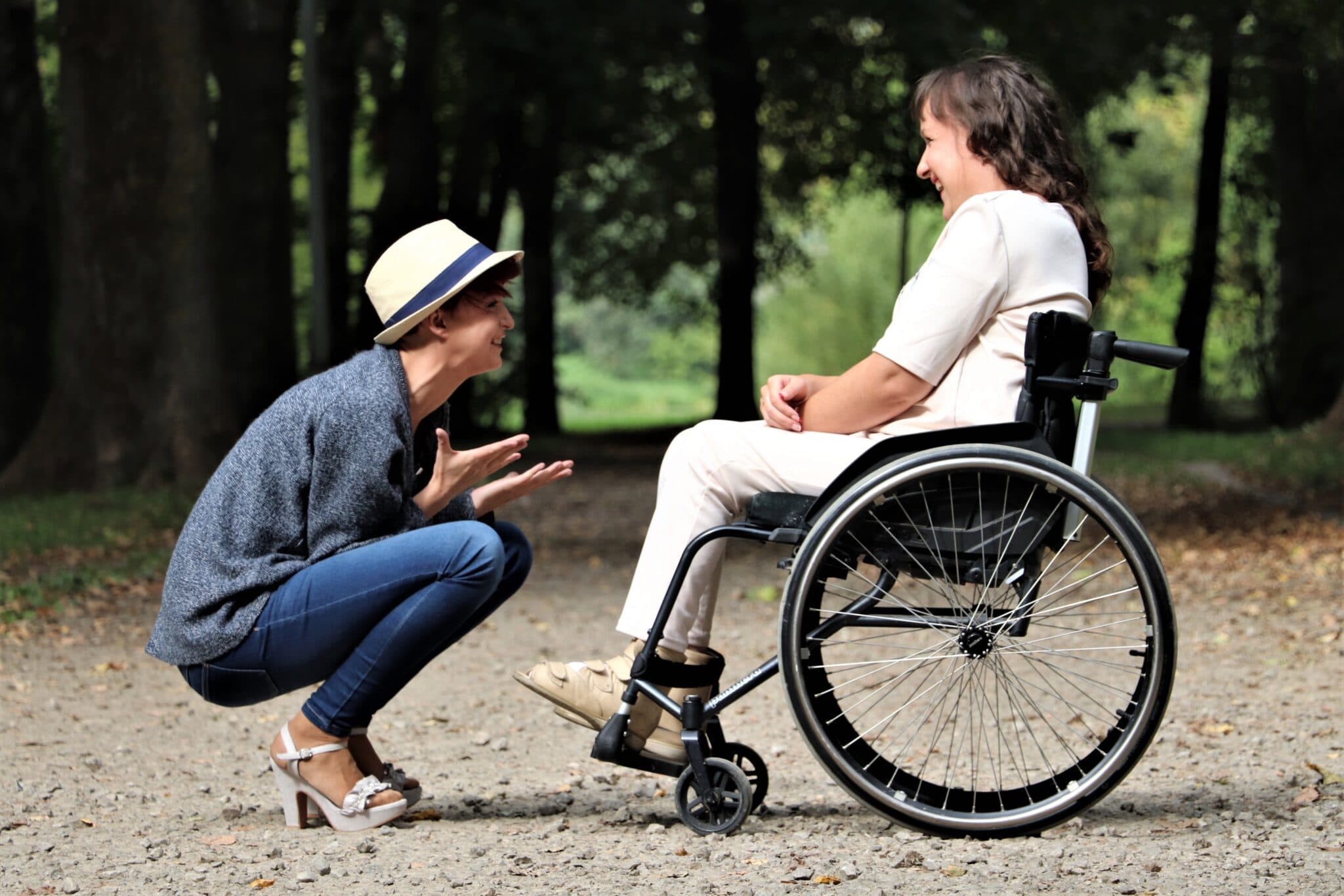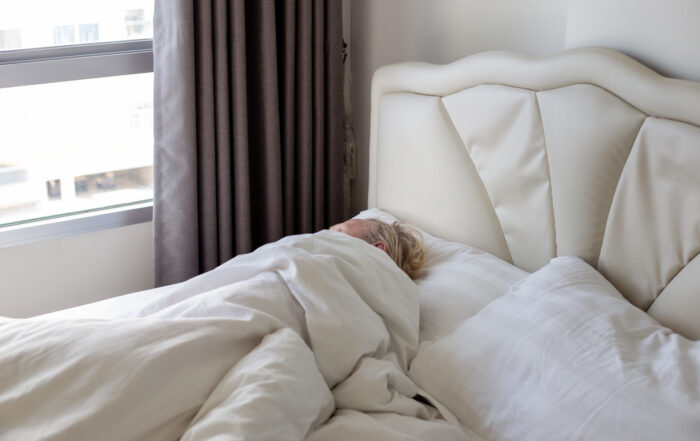Exercising and Staying Active for Seniors with Limited Mobility
Social Links
As we get older, and particularly as we reach retirement age, many of us look forward to having more time to do the things we enjoy. That might be spending extra hours in the garden, exploring the countryside or even playing with grandchildren. These sorts of activities keep us active and busy and are often the key to maintaining independence and wellbeing in our golden years.
Sadly, this time of life often corresponds with a decline in our general mobility, and it can be scary to think we may have to give up certain activities. Rest assured, that doesn’t have to be the case. Maintaining activity levels as we age is crucial for slowing decline and keeping our spirits up, and often is simply a case of making a few adaptations so our hobbies and pastimes tally up with our lifestyle and abilities.
Why Exercise is Important
Although it might become more difficult, being active as we age is essential for keeping up not just our physical fitness but also our mental wellbeing. Appropriate exercise for seniors helps improve strength, balance, heart health, bone and muscle strength, lung capacity and flexibility, and helps maintain a healthy weight which can prevent complications including diabetes and circulatory problems. Exercise also produces endorphins, which make us feel happy, especially if we also get outside into the fresh air.
As our ability to exercise slows down, it becomes more and more imperative to keep doing it – momentum is key! The NHS recommends that over 65s do some sort of light physical activity every day, as well as at least 150 minutes of moderate activity (a slight increase in heart rate) or 75 minutes of vigorous activity (a bigger increase in heart rate) each week. If you’re just starting out, make sure you consult your GP about setting some achievable fitness goals and starting at a level that’s appropriate for you.
Examples of Exercises for People with Limited Mobility
Housework
It’s no one’s favourite, but it has to be done, so why not get your exercise in at the same time? Vacuuming, sweeping, mopping, dusting, polishing and making beds all count as moderate activity, and can be spread out over the week rather than doing it all in one go.
Walking
For many people, this will be the activity to start with because it’s free, requires no special equipment and we all know how to do it. Enjoy some quiet time walking on your own, take a friend and catch up as you go, or join a rambling club to meet people and explore new places.
Yoga
Yoga is a fantastic option as it incorporates core strength, flexibility and balance exercises for seniors. It’s a great option for people who may be nervous or self-conscious about exercising in public because it’s easy to do at home with an online video, or you can often join a class at your local gym, Age UK centre or village hall.
Gardening
If you have a garden, then you have a ready-made excuse to get outside in the fresh air. Light exercises include watering, pruning and re-potting, while moderate activities might be mowing, weeding, digging or harvesting. Don’t overdo it – a little bit each day is best – and try not to bend too much or do anything too repetitive. If you don’t have a garden, offer to garden for a neighbour or look into if there are any community gardening projects nearby.
Strength training exercises
This involves using weights or other forms of resistance to build muscle and bone mass, which improves balance and reduces the likelihood of falls. Like yoga, strength training exercises can be done at home or in a group and are helpful for people recovering from injury or surgery as they target specific areas, rather than moving the whole body at once.
Swimming
Swimming is another great option because it provides resistance as well as cardio training, can be modified to suit any fitness level and works whether you do it alone or with a group. As water does most of the weightbearing, swimming can be particularly useful if you are overweight or have arthritic joints – especially in an ultra-warm hydrotherapy pool.
Tennis
Tennis is a fun social activity and only requires minimal strength and running, especially if you pair with a partner. Nowadays it can be played indoors or outdoors, and most courts are found next to cafes or clubrooms so you can get your exercise and your social life covered in the same session.
Dance and aerobics
Dance is a fabulous all-rounder – it increases your aerobic fitness by increasing your heart rate, while also improving your balance, flexibility, strength and coordination. Moving to your favourite music can boost mood, and it’s great for your brain as well – even better than doing a crossword!
Chair exercises for seniors
For seniors with more limited mobility – for example wheelchair users or anyone who has trouble standing for long periods of time – there are plenty of exercises and activities you can do from your chair. If you prefer to stay home there are classes online, such as chair yoga or strength exercises, or you try exercise video games like boxing or bowling.
General tips on exercise for elderly people with limited mobility
- Always consult your GP first – especially if you have any existing health issues such as diabetes, high or low blood pressure or a heart condition. Your GP can help you set a realistic and safe exercise programme that is appropriate for your health and particular circumstances.
- Take adequate provisions, including water, sun cream if outside and snacks. For safety, go with a friend or carry a mobile phone so you can call for help if you get into trouble.
- Set realistic goals to start with – for example, ‘walk one kilometre three times a week’ is much better than ‘complete a triathlon’. Setting inappropriate goals will increase your risk of injury and make it much more likely that you’ll lose motivation and give up. Instead, start small and build your fitness up gradually.
- Don’t forget to stretch! A light stretch before exercising reduces your risk of injury, while a deeper stretch afterwards will reduce recovery time and improve overall flexibility.
- If you’re not a great sleeper, try and do your exercise early in the day, ideally outside where you’ll be exposed to plenty of bright, natural light.
- Get adequate rest – invest in a high-quality, made-to-measure recliner chair or adjustable bed. This will support your joints, promote circulation and help you get better rest, all of which will improve your ability to exercise and hasten recovery time between sessions.
The Bottom Line
Having limited mobility shouldn’t stop you from being active – it’s just a matter of finding the right activity. Choose something that you’ll enjoy and look forward to, yet matches your skill and fitness level. Momentum is key, so start small and build up.
And of course, don’t forget there are rewards for all your hard work. At the end of the day, relax on your very own recliner chair or adjustable bed, tailor-made just for you by the Mobility Furniture Company, knowing that you’ve made the best decisions for both your physical and mental wellbeing. Now that’s how to get the most out of your golden years…
*This website contains general medical information. The medical information is not advice and should not be treated as such. Read our full Medical Disclaimer here.



